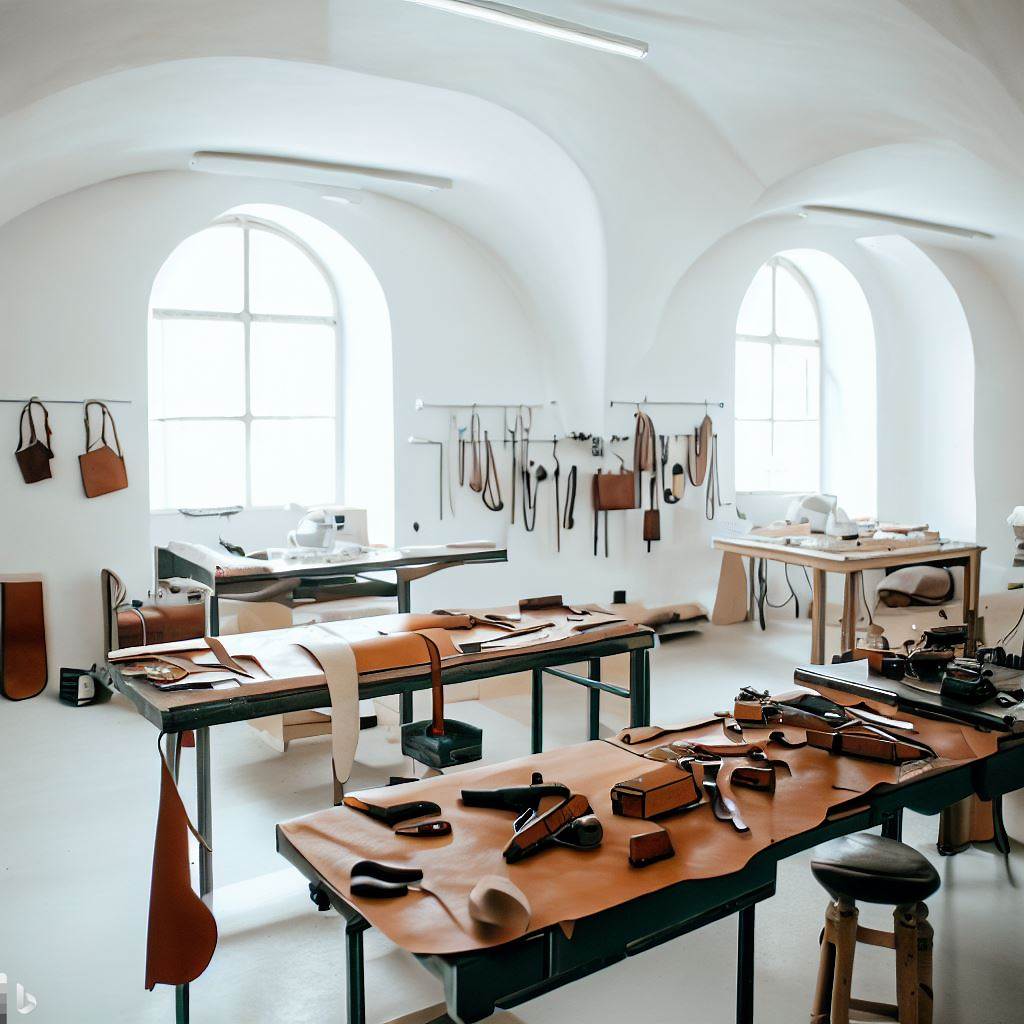Creating Leatherworking Legacy: Preserving Handcrafted Traditions
Documenting Heritage Techniques at Risk of Vanishing
As mass production renders handmade goods uncompetitive, many heritage leathercraft skills teeter on extinction unless consciously documented and passed on. Preserving cultural knowledge through teaching and demonstration sustains their future.
Veteran leatherworkers feel duty-bound to meticulously record once ubiquitous techniques like hand-sewing saddles, braiding quirterstraps, carving floral ornamentation, and hand-dyeing botanical hues before the last generation with mastery ages without successors. Their wisdom should not disappear silently.
By text, photograph and video, craftspeople gift comprehensive guides so devotion outlives any single pair of hands. Online archives ensure teachings reach students anywhere eager to honor lineage. The chain remains unbroken.
Apprenticeships Providing Immersive Experiential Learning
Expanding beyond just digital documentation, many master leatherworkers take on apprentices for years-long experiential training to fully transmit irreplaceable tacit knowledge that arises only through collaboration.
Living with mentors, apprentices learn by daily side-by-side absorption practicing heritage techniques from hide preparation, tool making and holistic understanding before producing salable works at marketable skill. Their development benefits from insight possible only through hands-on responsibility and relationship.
The commitment sustains endangered arts by cultivating new devotees ready to steward those skills forward. Venerable trades skips no generation. Apprentices graduate ready for mastery.
Workshops Teaching Niche Skills and Maintenance
For specialties like leather bookbinding and restoration, focused short workshops make sought-after niche expertise available without binding commitment. The targeted learning fills precise needs.
In intensive 3-5 day sessions, participants gain sufficient experience in specific techniques like mending clasps, rebacking, and gold tooling leather antiquarian books to take home practical comprehensions. Even hobbyists gain aptness to darn cherished family heirlooms.
Without demand, knowledge of preserving leather artifacts would fade despite digital documentation. Hands-on workshops apply concepts in context, cementing understanding while building community. The learning proves its purpose through practice.
Sample Leather Libraries Showcasing Materiality
To educate future generations on the scope of leather origins, properties, and manipulation techniques, some artisans curate comprehensive sample libraries exhibiting diverse hides and processes. The material archive inspires curiosity.
Samples from cows, bison, deer, reptiles, fish, and exotics display natural variations, marked qualities, and how those traits lend utility. Demonstration swatches illustrate techniques like shagreen texturing, carved hair-on embossing, molded bookmarking, high-relief plaiting. Diverse expressions of potential await discovery in these troves.
Beyond digital abstraction, material libraries allow visitors to handle the haptic range of leathers and constructions firsthand. The samples speak to those who listen through fingers, instilling wonder.
Museum Partnerships and Collection Loans
Partnering with museums provides institutional support to leatherwork preservation efforts through research, curation, and public access. Collection loans showcase heritage items to inspire new generations.
Specialist curators provide insight into artifact origins and significance. Climate-controlled exhibition protects fragile antiques. Digital access expands influence exponentially vs limited foot traffic. Global audiences discover legacy works.
By collaborating with knowledgeable institutions, leatherworkers amplify exposure and scholarship on cherished artifacts and lineage practices. The treasures enlighten far beyond any lone studio. Their messages endure.
Teaching Children Through Leather Craft Camps
For young learners, hands-on leather camps introduce heritage skills and instill appreciation craft’s challenges and rewards. Early exposure molds lifelong makers.
Under guidance, children design simple beginner projects like wallets, key fobs and bracelets learning basics of cutting, tooling, stitching and finishing. Showing steps rather than just finished pieces demystifies the process.
Seeing young hands accomplish utility and beauty through their own hard work inspires identity and purpose. Awe of manual challenges overcome sticks for decades, blooming later as vocation. Early planting bears fruit.
Publication and Promotion of Leatherworking Lore
Through editorials, interviews, books, magazines and media coverage, seasoned leatherworkers disseminate knowledge and cultural context beyond just craft tutorial. Their stories teach.
Personal experience essays recount treasured memories of mentors, milestones and motivations while conveying tips. Coffee table photographic volumes showcase heirloom artifacts and makers preserving traditions. Their narratives educate leisurely.
Well-told tales resonate across generations, transporting readers imaginatively into workshops rich with heritage. Meaning gets woven into techniques through anecdote. Lasting fascination with leathercraft germinates in such fertile storytelling.
Creating Cross-disciplinary Collaborations
Alliances between leatherworkers and designers in industries like fashion, auto and furniture manufacture promote interdisciplinary knowledge sharing and training that expands applications sustaining leather’s relevance.
Collaborations fuse material expertise with industrial production capabilities in fresh hybrids like automotive interiors with hand-carved elements and upcycled sneakers accented with precision laser cut leather flourishes. Cross-pollination revitalizes.
By venturing beyond traditional boundaries, leathercraftspeople enlarge possibilities for supporting livelihoods from their venerable trade. Their ethos spreads through clever synergies that uphold exacting standards.
Developing Sustainable Next-Gen Materials
As environmental awareness grows, research into sustainable leather alternatives like pineapple leaf, kelp, and mushroom mycelium offers hope of reconciling ancient craft with future green technology through materials science.
Innovations like white-rot fungi cultured onto biopolymer sheets open creative doors while minimizing waste, emissions, and dependency on animal agriculture. The concepts promise eco-friendly raw supply without sacrificing quality.
By pioneering more ethical materials, leatherworkers envision sanctioning their heritage skills for generations to come through harmonizing past wisdom with scientific ingenuity. Tradition and responsibility fuse.
Forward progress need not mean severing ties with the past. By patiently archiving knowledge from elder artisans and demonstrating continued relevant applications for leathercraft, devotees perpetuate irreplaceable generational skills while pushing boundaries. Each pair of hands enlisted upholds trajectories centuries long, aligned toward future beauty and utility we cannot yet imagine but which shall honor what came before.
